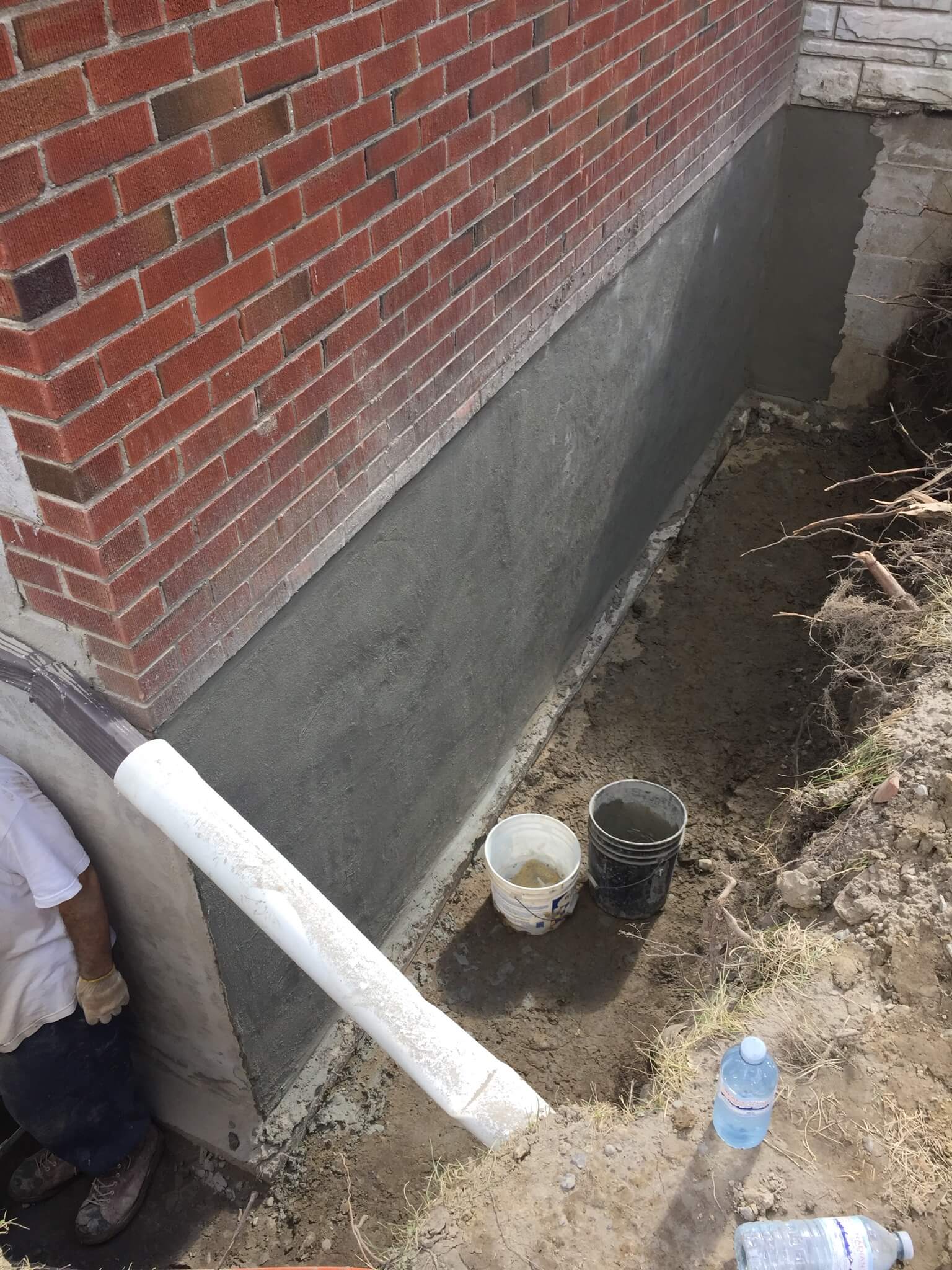Waterproofing the Yard: Protecting Plants from Excess Water

Sealing your garden is an essential aspect of keeping a flourishing outdoor space. Overflowing water can lead to a number of problems for your plants, such as plant decay, mold, and decreased growth. By implementing efficient waterproofing strategies, you can guard your garden from the harmful effects of overwatering and make sure that your plants flourish irrespective of the weather conditions.
In this article, we will explore why waterproofing is crucial not just for homes and buildings, but also for the garden. We will dive into practical tips, techniques, and frequent misconceptions regarding waterproofing. Whether you are a seasoned gardener or just starting out, knowing how to manage excess water in the outdoor space will save you time and money while nurturing a vibrant garden environment.
Understanding Waterproofing Basics Fundamentals
Waterproofing is crucial for shielding your yard and outdoor space from the likely damage caused by surplus water. When rain accumulates around plants and earth, it can lead to plant disease, mold, and various problems that compromise the health of your plants. Introducing efficient waterproofing measures assures that your outdoor space remains lush and flourishing, even during severe downpours. This is not just a matter of aesthetics; it’s about safeguarding your efforts in your landscape.
Choosing the right waterproofing solutions involves understanding the unique needs of your landscape. Different methods and solutions can be used, including water drainage systems, waterproof membranes, and organic barriers like mulch and plants. It is important to analyze the land features of your outdoor area and the types of vegetation you have to determine the most successful approach. Proper preparation can stop water from gathering in undesired areas and promote proper drainage to safeguard root health.
Furthermore, comprehending the long-term benefits of waterproofing can protect you significant costs in repairs and replacements. Failing to address water collection can lead to severe structural issues not only for your outdoor space but also for adjacent structures. Spending in waterproofing now can boost the durability and longevity of your garden, allowing you to appreciate a healthy garden while minimizing future issues related to extra moisture.

Selecting the Right Sealing Techniques
When considering waterproofing your garden, picking the suitable methods is crucial for shielding your plants from surplus water. Commence by assessing the unique needs of your garden, factoring in the types of plants you have and the drainage characteristics of your outdoor space. For instance, if you have areas where water tends to gather, adding raised beds or using permeable materials can help enhance drainage and avoid waterlogging. Additionally, utilizing barriers such as geotextiles can separate soil layers and direct water flow effectively.
It's also crucial to consider the environmental conditions in your region. Heavy rainfall or periodic flooding might necessitate more extensive waterproofing solutions, such as setting up drainage systems to redirect water away from your garden. On the other hand, in areas with low rain, more straightforward methods like mulching can aid keep moisture while preventing excess water from overwhelming the soil. Knowing your local climate and soil conditions will guide you in picking the appropriate approach to ensure your garden flourishing.
In conclusion, regularly opt for high-quality waterproofing products when implementing your selected methods. Investing in dependable coatings and barriers not only increases the longevity of your waterproofing efforts but also ensures better protection for your garden. Brands that specialize in waterproofing often provide solutions tailored especially for outdoor use, so considering these options is crucial. Regardless of whether you choose DIY methods or request professional help, the suitable materials and techniques will greatly boost the strength of your garden against liquid harm.
Avoiding Water Damage in Critical Locations
Water damage can arise in different key areas of your home, including basements, bathrooms, and roofs. The basement, often vulnerable to flooding, requires thoroughly effective waterproofing solutions. Proper drainage systems and sump pumps can aid manage surplus water efficiently. Ignoring basement waterproofing can lead to costly repairs down the line, as stagnant water can weaken the foundation and encourage mold growth. Ensure you have a robust waterproofing plan in place to protect this essential area.
Bathrooms are an additional common point where water damage can result in issues. Shower and tile waterproofing are essential to prevent leaks that can cause major damage and mold issues. Choosing premium waterproofing products for your bathroom can have a considerable impact in maintaining a mold-free environment. It is recommended to assess plumbing fixtures and waterproofing periodically to catch any potential problems early.
Lastly, roofs are commonly overlooked when it comes to waterproofing but play a crucial role in preventing water damage throughout the building. Ensuring that link is effectively waterproofed safeguards your entire home from leaks and structural issues. Utilizing the best waterproofing coatings and addressing frequent roof waterproofing mistakes proactively will prolong the life of your roof, minimizing risks of leaks and costly repairs connected to water damage.
